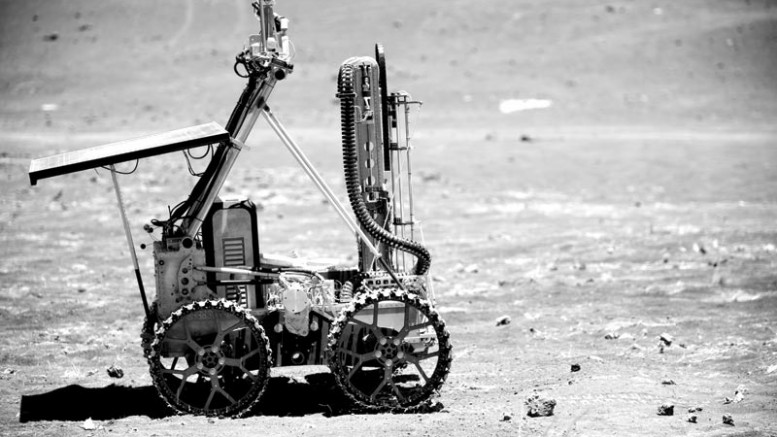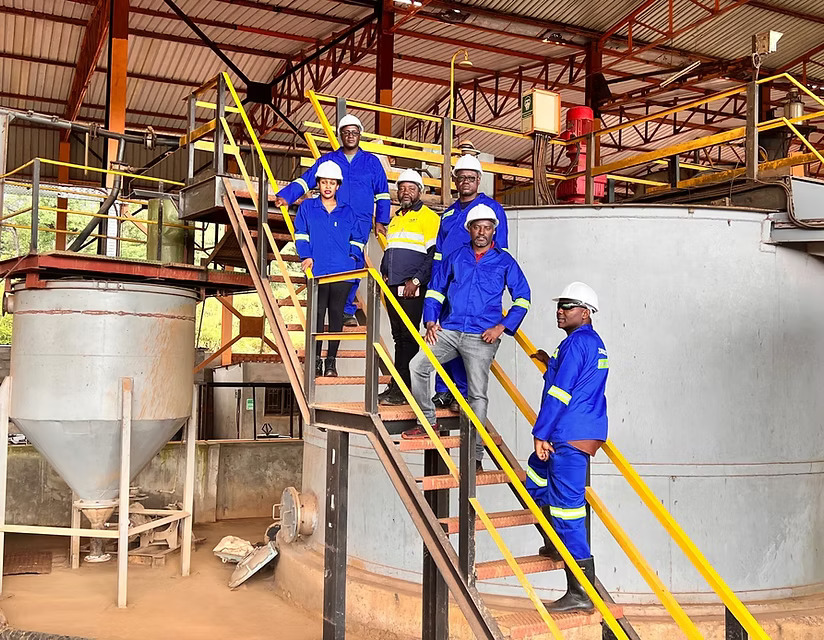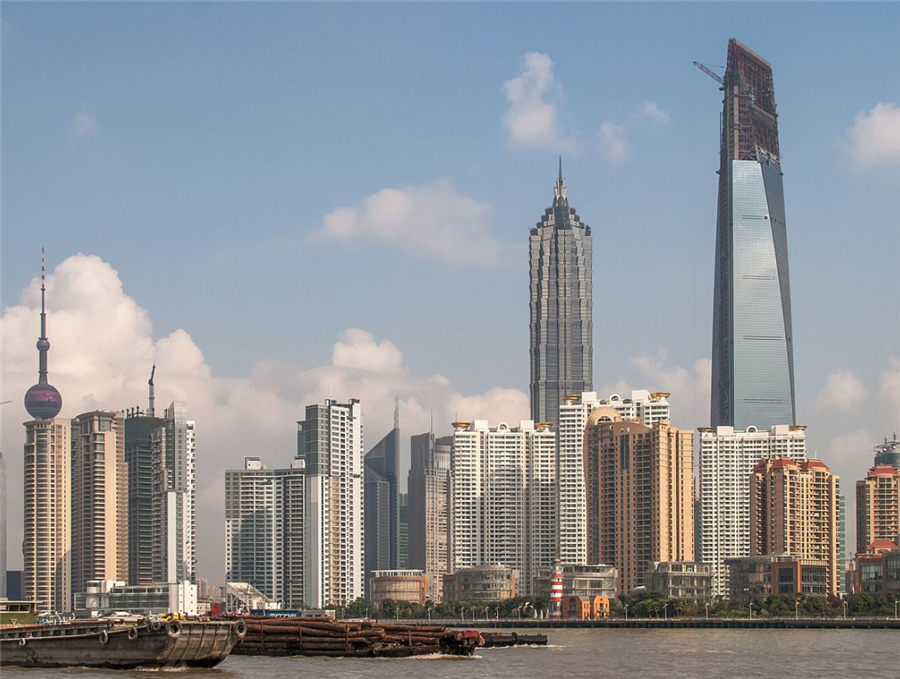The next frontier: Prospecting and mining on the moon

Lost amid concerns about the covid-19 coronavirus outbreak that has dominated headlines for weeks was news that the China National Space Administration (CNSA) has achieved a milestone in lunar exploration, one that could have great potential for prospecting and, eventually, mining on the Moon.
CNSA’s Lunar Exploration Program, also known as the Chang’e project (after the Chinese Moon goddess of the same name), landed a robotic spacecraft on the far side of the Moon back in early January 2019.
The mission’s lunar lander then deployed a solar-powered, robotic rover called Yutu-2 (Jade Rabbit 2) to begin exploring the surrounding Von Kármán crater, which is part of the Moon’s immense South Pole-Aitken basin.
Though few outside the space community know it, the rover has been methodically probing this ancient crater on the Moon’s far side for over a year.
If successful, these would be the first geological samples recovered from the Moon in 40 years
By March of 2020, Yutu-2 had travelled almost 400 metres across the lunar surface, making it the longest operational lunar rover in history.
The Chang’e team’s scientific studies include investigating the Moon’s surface and subsurface geology using tools such as lunar penetrating radar and imaging spectroscopy. And building on this current mission, CNSA plans to send another spacecraft to the Moon in late 2020, with the specific intention of recovering up to 2 kg (4.4 lb.) of lunar samples and returning them to Earth for analysis.
If successful, these would be the first geological samples recovered from the Moon in 40 years.

Yet while the achievements of CNSA’s Chang’e project are scientifically laudable, they are also relevant for the mining sector, as was shown during a unique technical session held as part of the 2020 PDAC convention in Toronto.
For the first time ever, it brought together members of the mining and space sectors and gave them a chance to hear about the increasing convergences occurring between the two sectors.
“Space community, meet the mining community. Mining, meet space,” was the lighthearted way Photinie Koutsavlis opened the session.
Koutsavlis is the Director General, Policy and Economics Branch, at Natural Resources Canada, and the presence of a senior federal bureaucrat like her highlighted the very real desire to push these two sectors closer together.
To the overflowing PDAC audience, Koutsavlis pointed out that part of the government’s Canadian Minerals and Metals Plan (CMMP) is an awareness that space is a new frontier for the mining community.
“Under the CMMP, one of the goals of the new frontiers is to help the mining industry leverage space-based and other technologies to solve terrestrial mining challenges,” Koutsavlis said.
But integrating technology developed for space exploration into the terrestrial mining industry isn’t the only reason to bring the two sectors closer together.
Koutsavlis and many others believe there is much the mining sector can teach the space community, and that it is inevitable that the two will work more closely together in the near future.
“When we spoke to the members of the space community, we realized that both industries faced common challenges,” she told the crowd.
“Challenges such as operating in extreme environments, with limited energy sources and efficiencies. Challenges such as projects with capital intensive needs, with long lead times and increasingly relying on remote and autonomous operations.”
Koutsavlis went on to categorize the concept of space mining as a technology play, but one that both industries are failing to recognize and collaborate on.
Canada needs to act quickly, she warned, or it risks being left behind as other nations push their own agendas for lunar mining. It’s not just China’s recent efforts to explore the Moon that are of concern to people like Koutsavlis.
In 2015, the United States government enacted the Commercial Space Launch Competitiveness Act.
Part of this federal act includes promoting the ability of Americans to engage in commercial exploration and recovery of extraterrestrial resources.
To date, Canada has no such official plan, though Koutsavlis is one of those advocating for a stronger policy position that will reflect the interests of government and industries, something her talk at PDAC was intended to help move forward.

Another strong advocate for lunar mining is Angel Abbud-Madrid, Director of the Center for Space Resources at the Colorado School of Mines.
For over twenty years he has been working with both the aerospace and the mining industries, and this has given him a unique perspective on the similarities and differences between the two sectors. And, like Koutsavlis, he is keen to build bridges between the white coats and the hard hats.
“You don’t think in the way that space people think,” Abbud-Madrid, a mechanical engineer by training, told the miners in the audience.
“On Earth, you need three steps in order to develop any extraction industry: Recoverable resources, or proven resources; the technology to recover it; and a customer to buy it.”
Yet these underlying business elements of commercial mining have been largely missing from space exploration, which has been driven by scientific goals and funded by governments for most of the last 60 years.
But Abbud-Madrid believes this will change as the private sector pushes its way into this new frontier, and a nascent $350 billion space economy grows into one projected to be worth trillions.
In the short term, he highlighted that the business case for space mining will be based using the Moon’s resources for space-based purposes.
“It’s extremely expensive and energy intensive to send things into space,” he explained, with the Russians charging around $86 million to send an individual astronaut to the International Space Station on their Soyuz spacecraft.

“Earth has such an enormous gravity that it’s really hard to get out to space,” said Abbud-Madrid.
“Any rocket is 90% fuel, which is required to launch the other 10%. And you’re lucky if you can get 2% to 4% of that to be actual [payload]. So you don’t want to actually bring resources into space, you want to use what you have there. This is ‘in situ resource utilization’, using the resources on site.”
As to what is the most valuable resource that can be mined on the Moon, he had an answer that surprised many in the audience.
“The most important thing there is water,” said Abbud-Madrid. “Everywhere humans go we look for water.”
As well, he pointed out that water can be split into its two constituent elements, hydrogen and oxygen, even if it’s sourced from the Moon.
“This is the most energetic rocket propellant that you can find. And if you can have propellant in space, you don’t have to send it from Earth.”
While the idea of mining water on the Moon may seem surprising, for Jeff Plate it was more validation of his firm’s belief in the very real potential for practical commercial extraterrestrial mining operations.
Plate is Vice-President, Marketing and Business with Toronto-based geological and mining consultants Watts, Griffis and McOuat Limited (WGM). He spoke with The Northern Miner after the PDAC session about how he went from skeptic to believer.
“Like most people in the mining community, I always thought, ‘Wow, this is really cool and scientifically interesting, but you’ll never make any money at it,’” he says.
“But then about a year and a half ago, I learned about the dramatic drop in the cost of launch, to about a tenth of what it once was,” as private sector firms as SpaceX, ULA (United Launch Alliance) and Blue Origin entered into operational status.
This led Plate and WGM to embark on an economic mining study focusing on lunar water, in which they asked the same questions that would be posed about any potential terrestrial mining operation.
“Is there a market?” was the starting point, Plate recalls. “If so, how big is it? What is the price you can get for the commodity of interest? And then, more importantly, can you both technically and economically produce that product and make a profit? And the answers to all those questions were yes, across the board. And a resounding yes, at that.”
WGM’s Conceptual Economic Lunar Water Mining Study was released last August and posits that the current market value of a tonne of lunar water is about $10 million.
Even though Plate cautions that the value approximation of lunar water ranges between C$5 million and C$35 million per tonne, he points out that their study estimates the costs to mine and process it on the Moon are around $500,000 per tonne.
“I can build a [lunar] mine and do all the exploration programs from start to finish for $200 million US,” which he compares with the C$20 billion that Teck Resources was intending to invest in its Frontier oil sands mine in northeastern Alberta.

Additionally, he says there is another important difference between terrestrial and lunar mining: “On the Moon there are no taxes, royalties, CSR, or environmental regulations to deal with. It’s like mining was 300 years ago.”
Plate says that the cost reductions and profit projections mean that it’s now within reach of the exploration and development budgets of terrestrial mining companies to consider working on the Moon.
And as for when a financed lunar operation could happen, Plate has a quick response.
“We think that we can credibly get a mine going probably in early 2025 that’s producing a thousand tonnes [of water] a year.”
(Dan Sekulich – This article first appeared in The Northern Miner on March 19)
More News
Terra Metals, Metalex seal $100M deal to form copper-cobalt partnership in Zambia
May 28, 2025 | 10:12 am
{{ commodity.name }}
{{ post.title }}
{{ post.date }}



Comments
Night Rider
I wonder what these guys re smoking 🙂 🙂